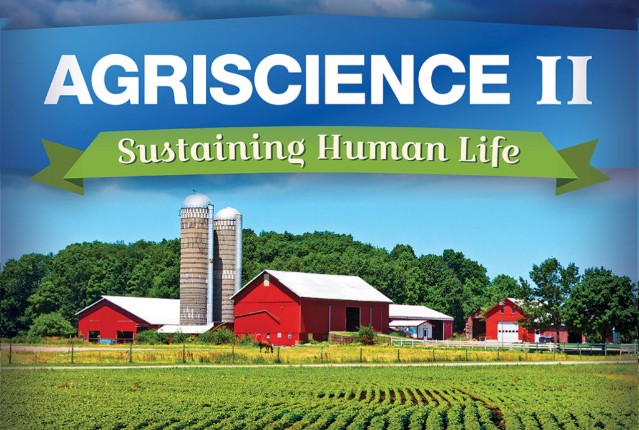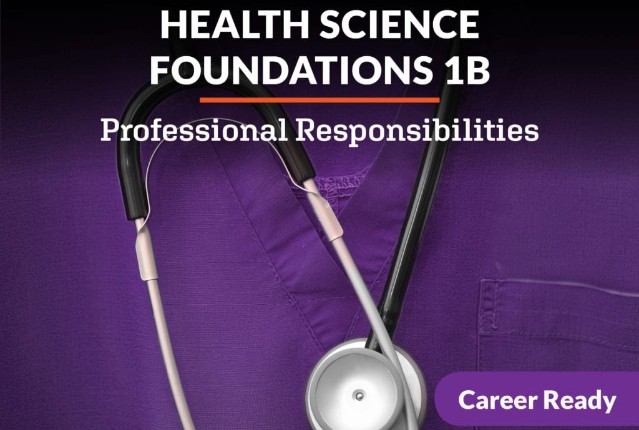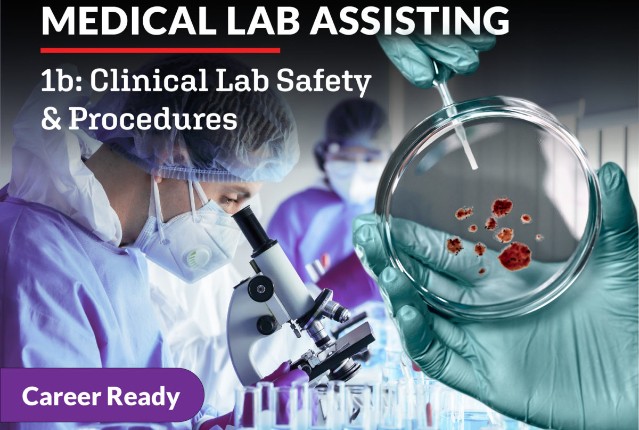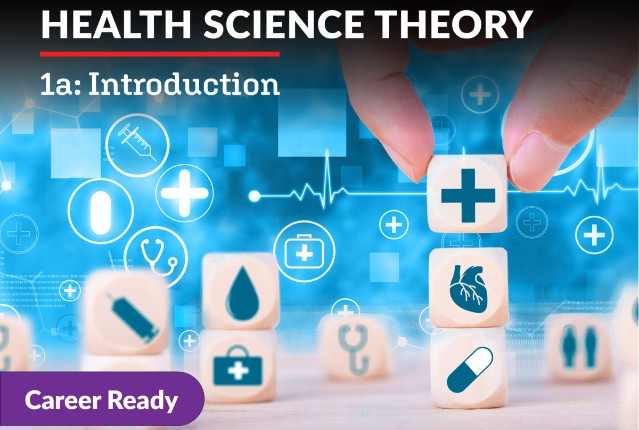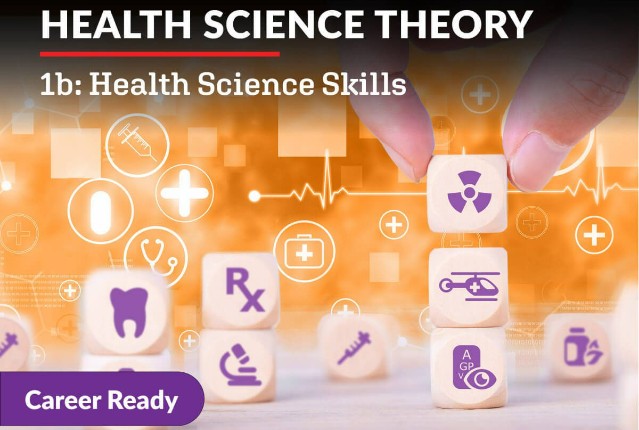
Health Science Theory 1b: Health Science Skills
You’ve built a solid foundation of knowledge of the healthcare field, and now it’s time to probe deeper into the healthcare profession. In this course, you’ll review key aspects of the broad category of safety as well as learn how to assess and treat patients for an array of injuries. You’ll learn how to identify emergencies, trauma and complex care, and the basics of CPR and life support. Lastly, you’ll explore the importance of collaborating with other team members to manage and resolve conflicts. Let’s suit up to learn how you can positively impact patients in the field of healthcare.
Review course outlineAccess for a year
USD 299.00*
* Choose more courses to get a discount
